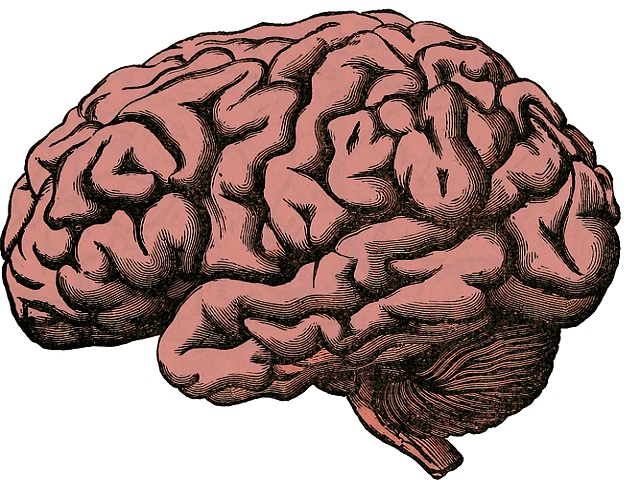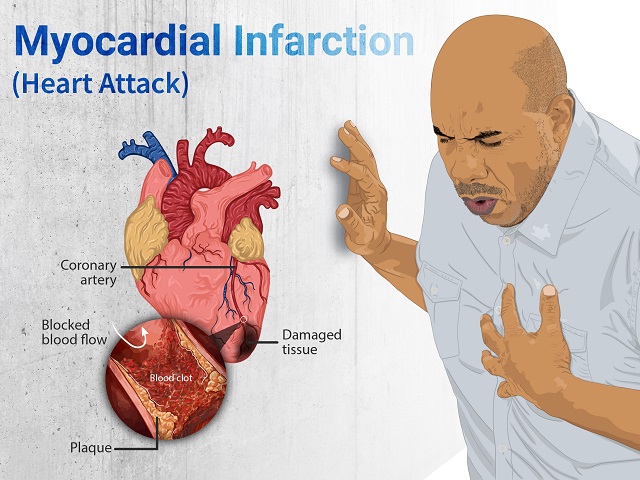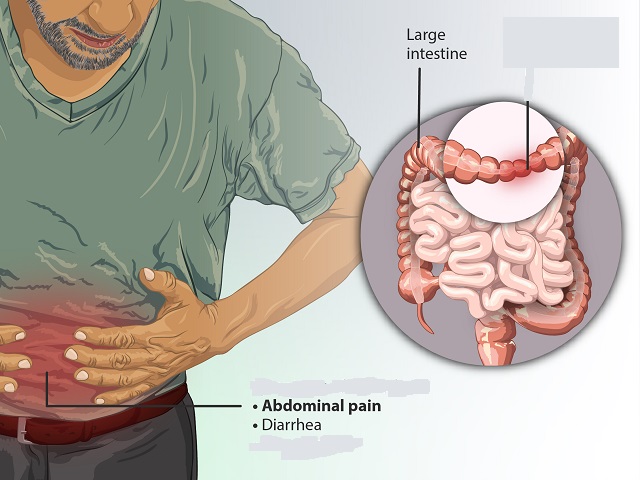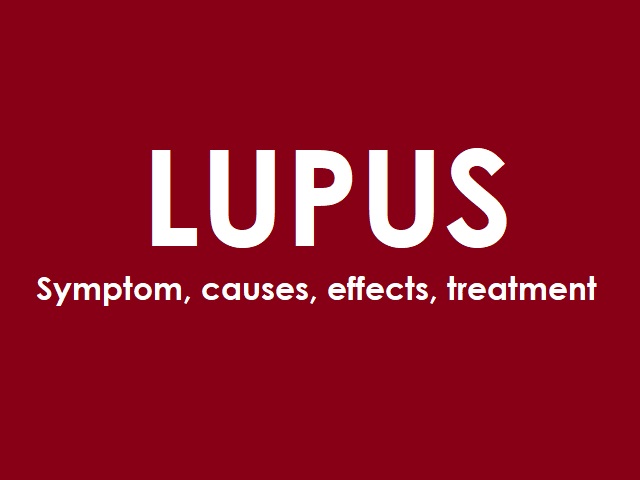5 Signs You May Have Transient Ischemic Attack -- Symptoms, Causes, Effects, Treatment and Prevention
A transient ischemic attack (TIA), also known as a "mini-stroke," is a temporary disruption of blood flow to the brain. It occurs when a blood clot or debris briefly blocks an artery, leading to a temporary lack of oxygen-rich blood to a specific part of the brain. While TIAs typically resolve within minutes to hours, they should not be ignored as they can be a warning sign of an increased risk of a more severe stroke. Here is an explanation of transient ischemic attack, along with its symptoms, diagnosis, causes, effects, treatment, and prevention:
Symptoms of Transient Ischemic Attack:
The symptoms of a transient ischemic attack are similar to those of a stroke but last for a shorter duration (typically less than 24 hours). Common symptoms include:
- Sudden weakness or numbness, usually on one side of the body
- Difficulty speaking or understanding speech
- Blurred or loss of vision in one or both eyes
- Dizziness or loss of balance
- Severe headache without an apparent cause
Diagnosis of Transient Ischemic Attack:
Diagnosing a transient ischemic attack typically involves the following assessments:
- Medical history and physical examination: Evaluation of symptoms, medical history, and risk factors.
- Neurological examination: Assessing reflexes, coordination, muscle strength, and sensory function.
- Imaging tests: Magnetic resonance imaging (MRI) or computed tomography (CT) scans to detect any abnormalities in the brain.
- Blood tests: Evaluating cholesterol levels, blood sugar levels, and other factors that may contribute to the risk of stroke.
Causes of Transient Ischemic Attack:
Transient ischemic attacks are usually caused by blood clots or debris that temporarily block blood vessels in the brain. Common causes and risk factors include:
- Atherosclerosis: Build-up of fatty deposits (plaques) in the arteries, narrowing them and increasing the risk of clot formation.
- Cardiovascular diseases: Conditions such as high blood pressure, heart disease, and atrial fibrillation can increase the risk of TIAs.
- Blood disorders: Conditions that make blood more prone to clotting, such as sickle cell disease or certain clotting disorders.
- Carotid artery disease: Narrowing or blockage of the carotid arteries that supply blood to the brain.
- Medications: Certain medications or recreational drugs can increase the risk of blood clot formation.
Effects of Transient Ischemic Attack:
Although transient ischemic attacks are temporary and the symptoms usually resolve, they should not be ignored. TIAs are warning signs of an increased risk of a more severe stroke. Without appropriate medical intervention, the risk of a subsequent stroke can be significantly higher.
Treatment of Transient Ischemic Attack:
The immediate treatment of a transient ischemic attack aims to prevent a subsequent stroke and manage underlying risk factors. Treatment options may include:
- Antiplatelet medications: Medications such as aspirin or clopidogrel may be prescribed to reduce the risk of blood clot formation.
- Anticoagulant medications: In certain cases, anticoagulant medications like warfarin or direct oral anticoagulants (DOACs) may be used to prevent blood clotting.
- Blood pressure management: Controlling high blood pressure through lifestyle changes and medications.
- Lifestyle modifications: Adopting a healthy diet, engaging in regular physical activity, maintaining a healthy weight, and avoiding smoking or excessive alcohol consumption.
- Surgery or interventions: In some cases, surgery or interventions may be required to remove blockages or repair damaged blood vessels.
Prevention of Transient Ischemic Attack:
Preventing transient ischemic attacks involves managing the underlying risk factors for stroke. Some preventive measures include:
- Regular medical check-ups: Regularly monitoring blood pressure, cholesterol levels, and blood sugar levels.
- Medication adherence: Taking prescribed medications, such as anticoagulants or antiplatelet drugs, as directed by healthcare professionals.
- Lifestyle modifications: Adopting a heart-healthy diet, engaging in regular exercise, maintaining a healthy weight, and avoiding smoking or excessive alcohol consumption.
It is crucial to seek immediate medical attention if experiencing symptoms of a transient ischemic attack, as prompt treatment can help prevent a subsequent stroke.
References:
Mayo Clinic. (2021). Transient Ischemic Attack (TIA). Retrieved from https://www.mayoclinic.org/diseases-conditions/transient-ischemic-attack/symptoms-causes/syc-20355679














